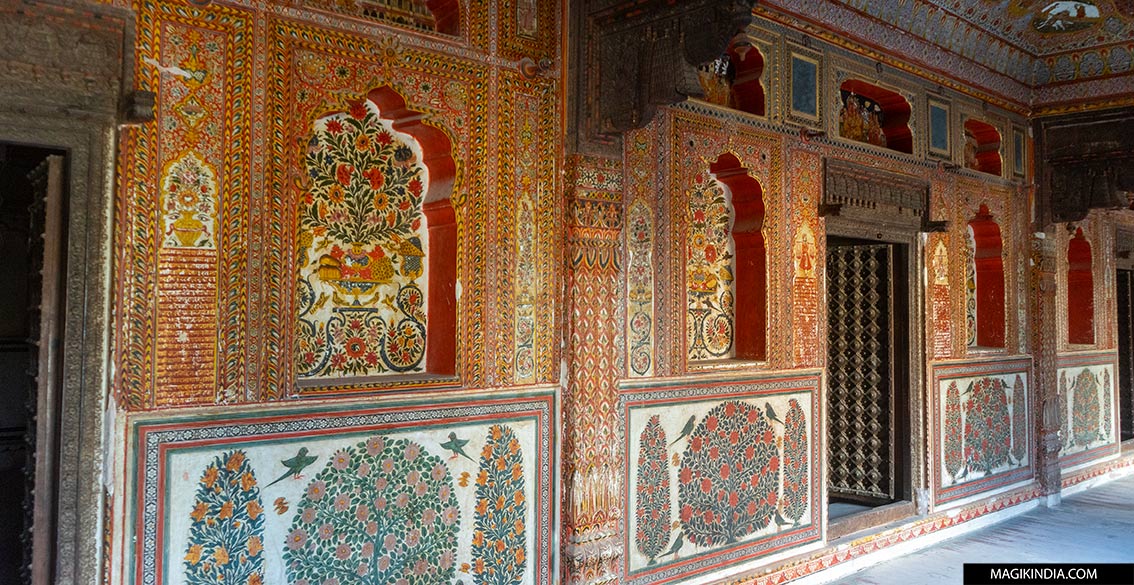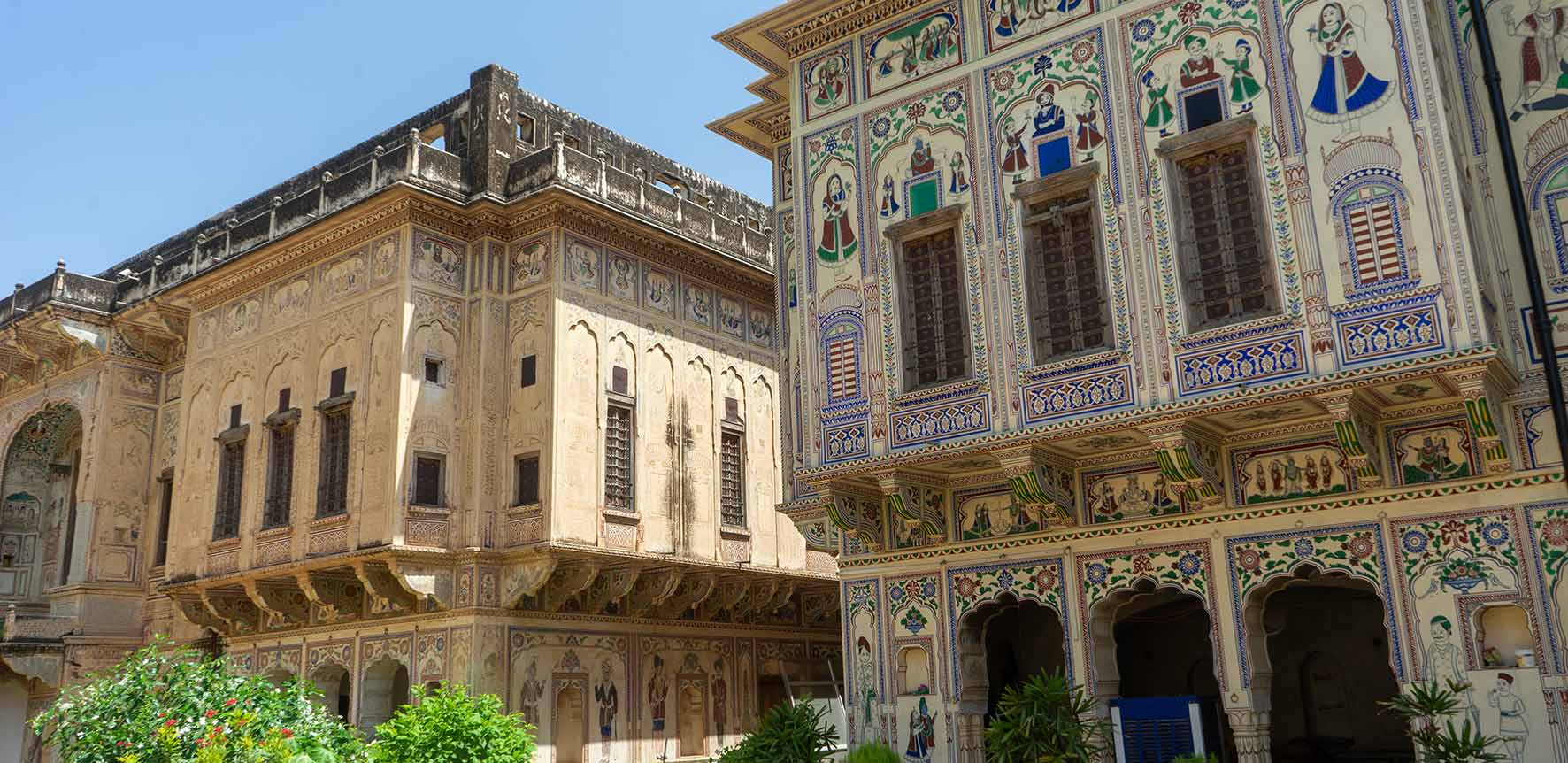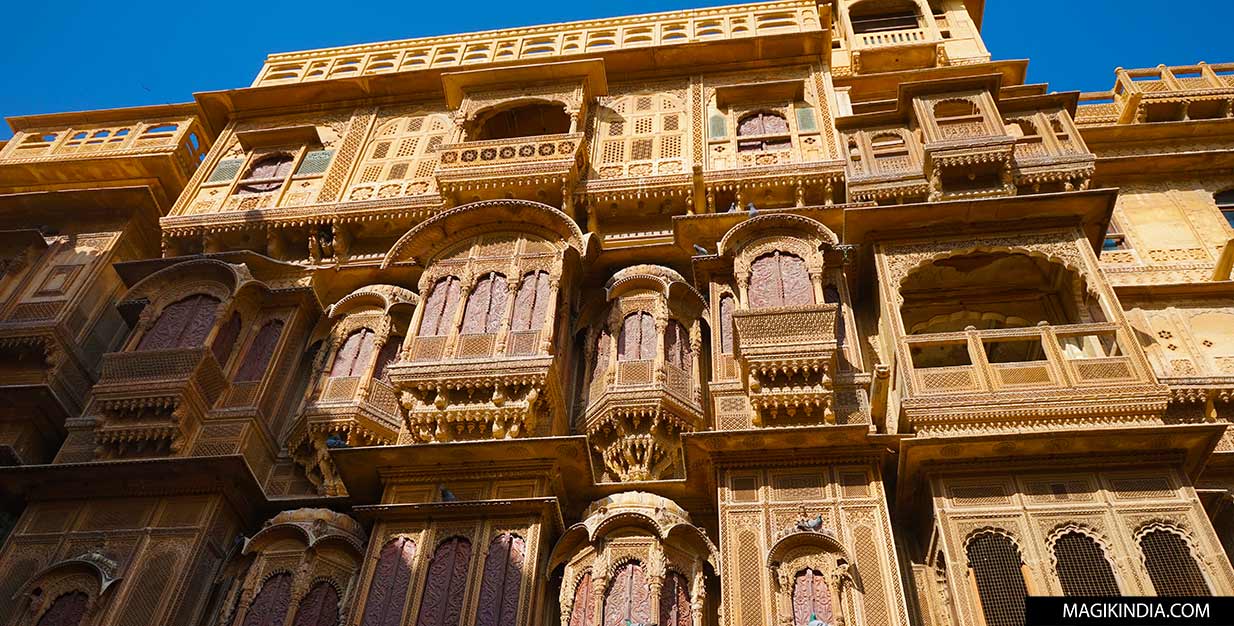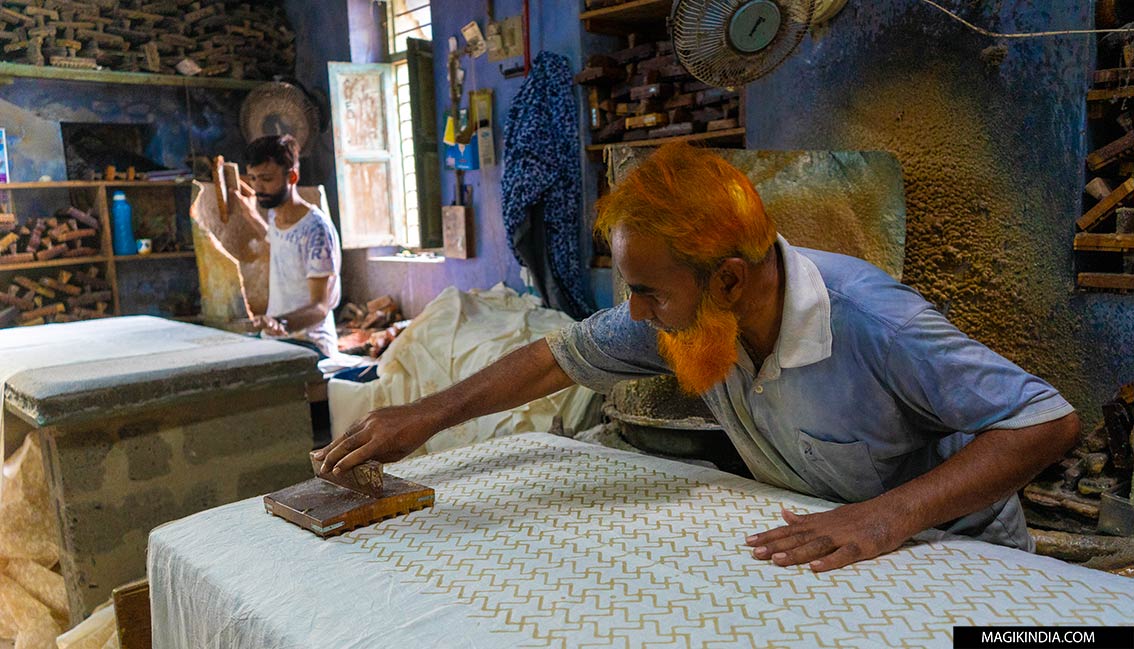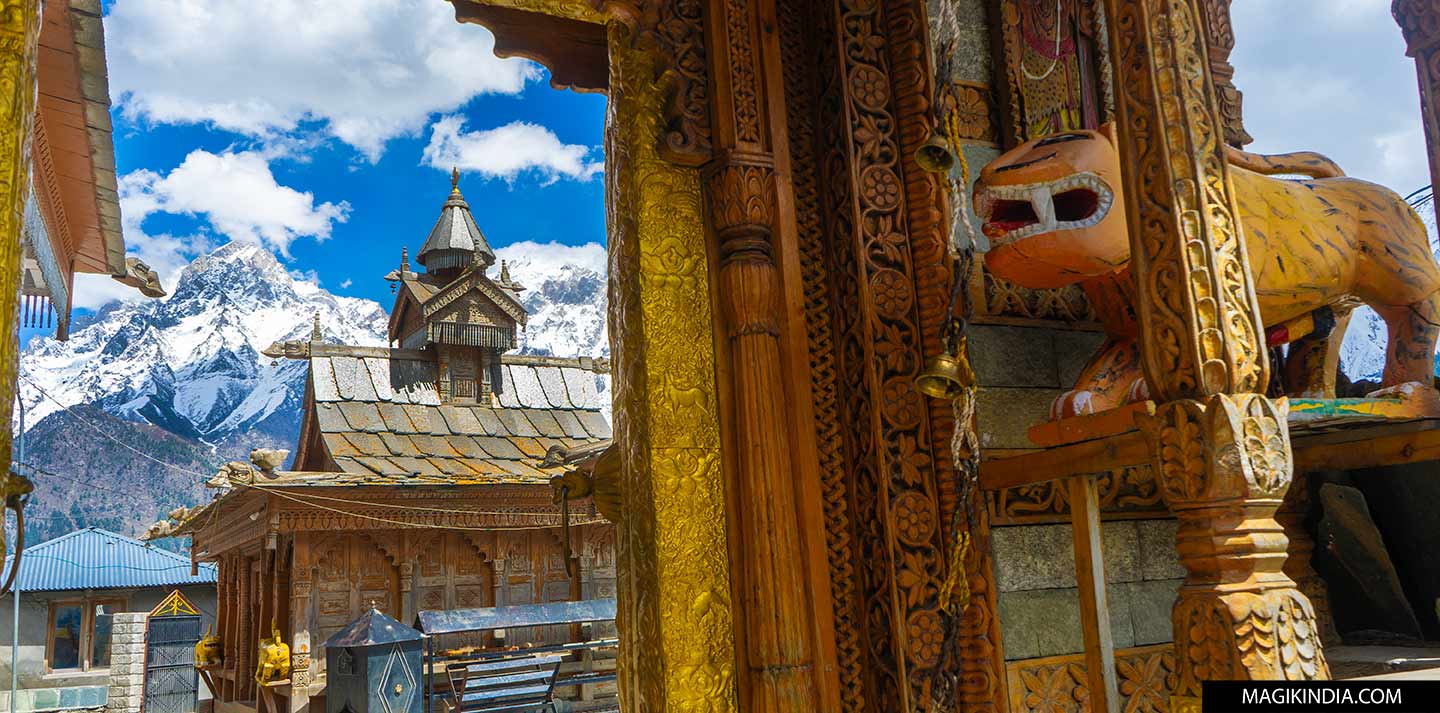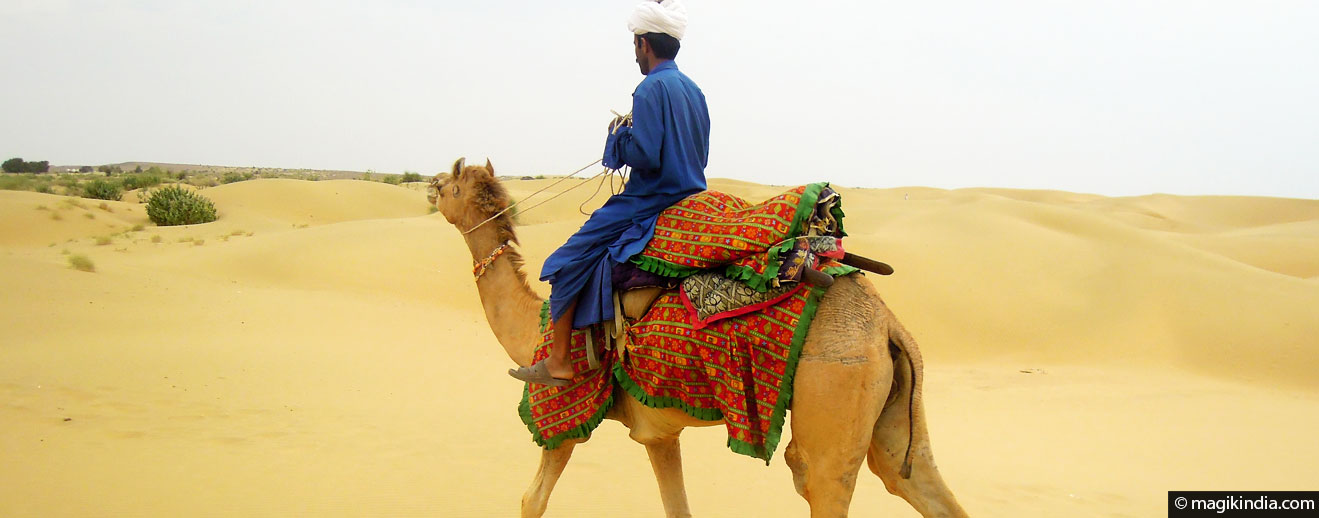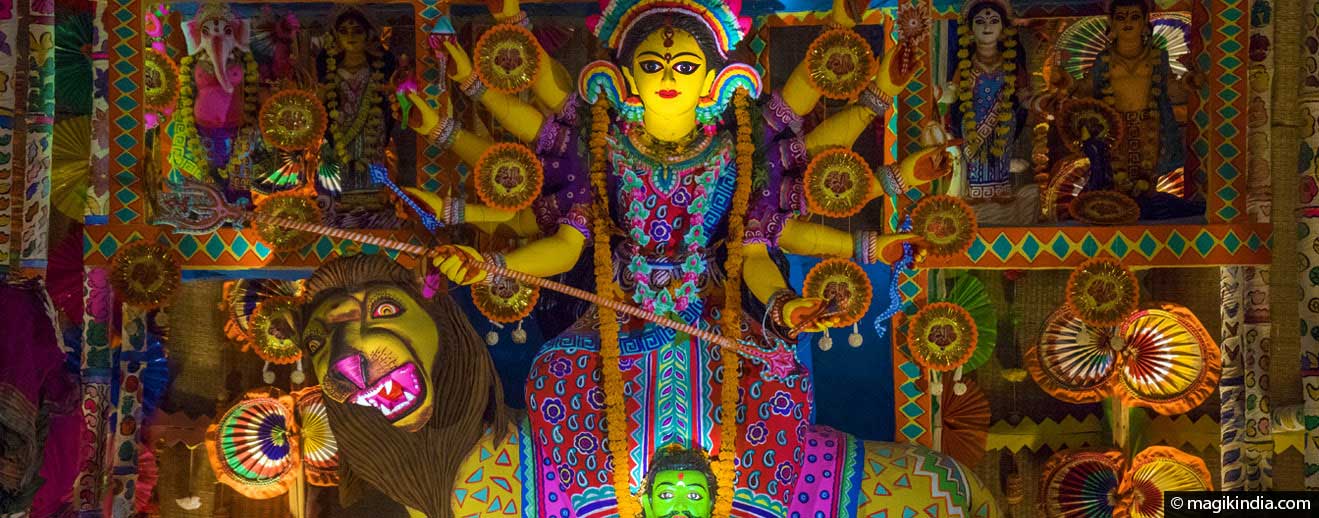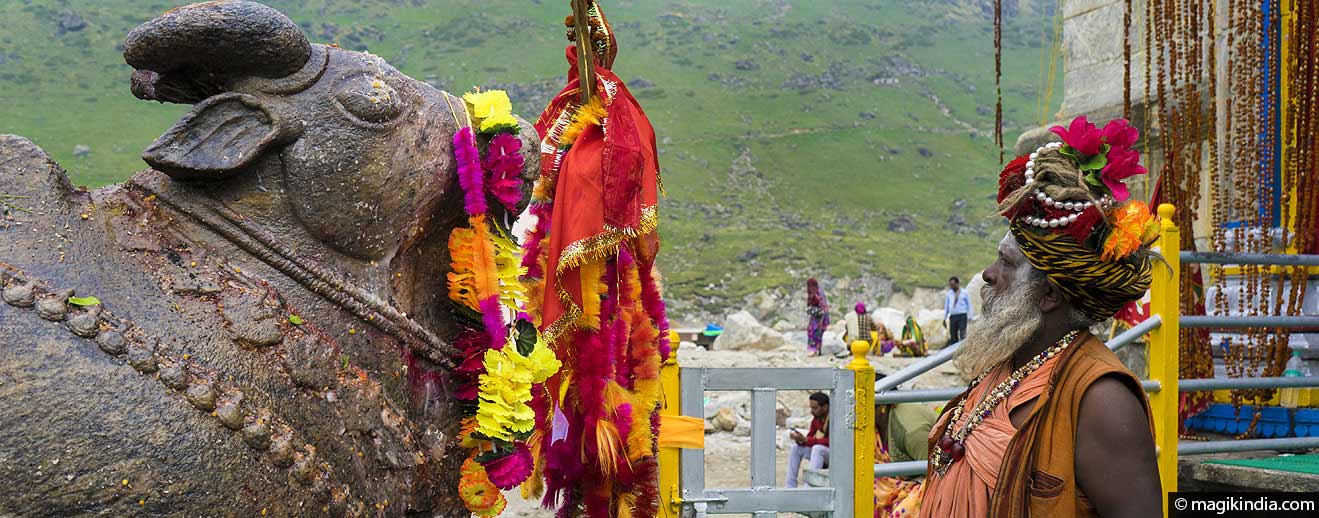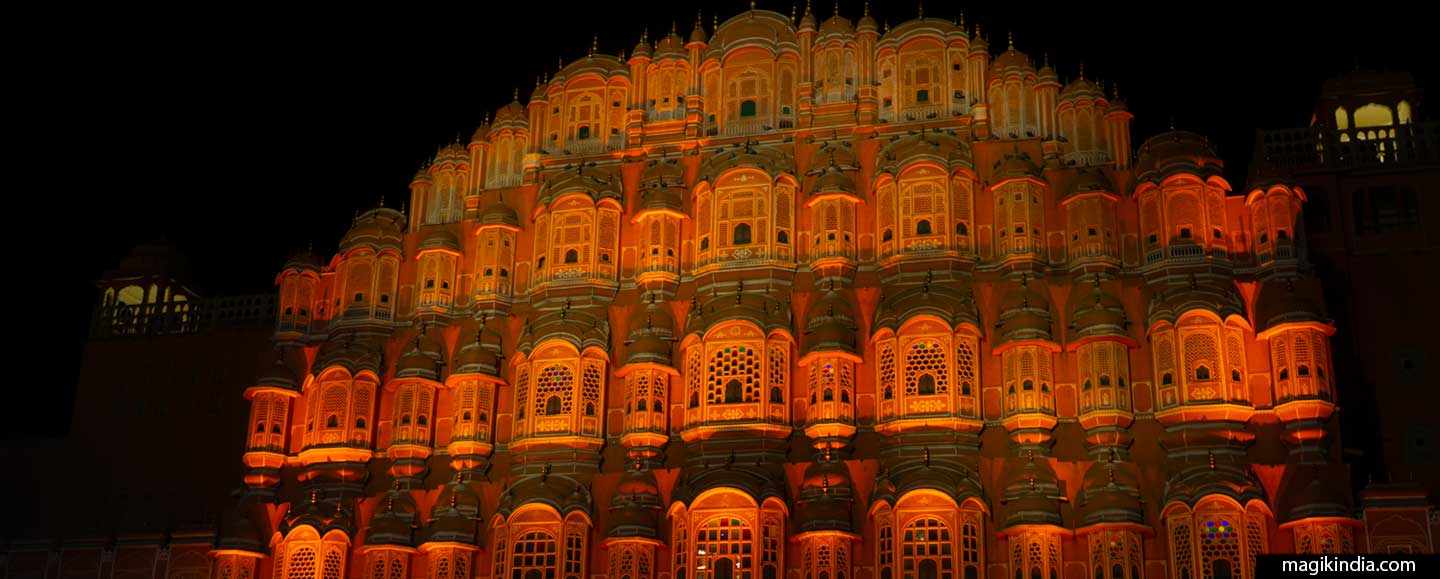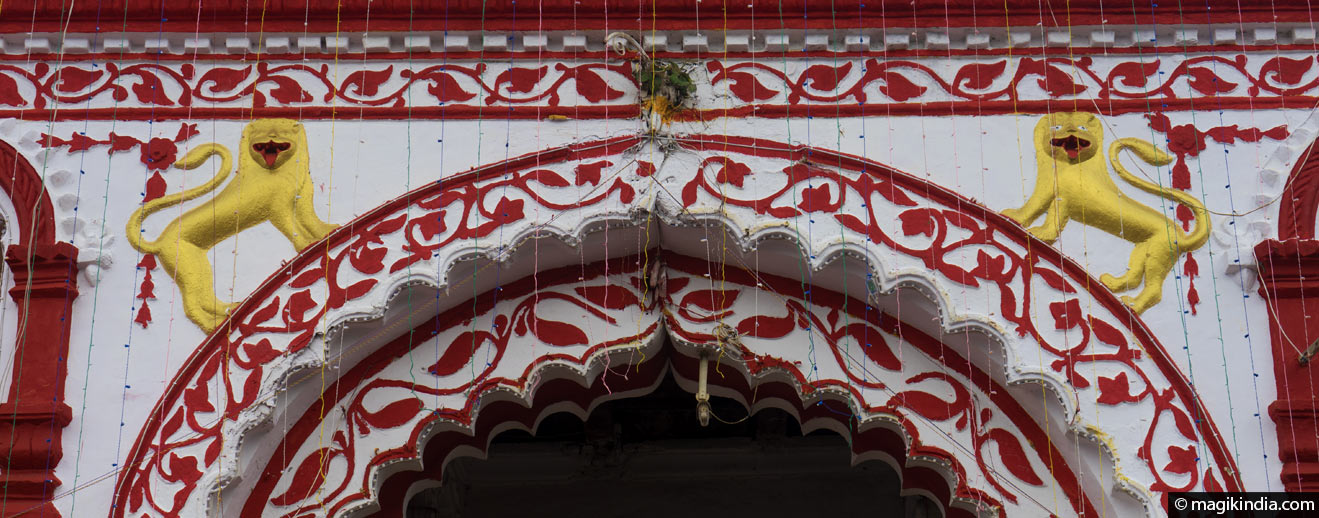
Namaskaram !
Welcome, Padharo ! I'm Mathini, a French woman who has been living in Rajasthan for 10 years. Despite being imbued with Indian culture from a young age it wasn't until 2014 that my Indian adventure really began. I left everything behind in France and set off on a 6-year journey through the land of Gandhi. These adventures are gathered in this blog which aspires, in an intentionally positive spirit, to bear witness to India's remarkably diverse and multifaceted cultural heritage. If this website sparks a desire to pack your bags and set off for an Indian adventure, it will have achieved its purpose. Subh Yatra on Magik India and beautiful explorations in the sacred land of Bharat...
Rajasthan state is in northwest India, on the Pakistan border. This is the India of picture postcards, very popular with tourists and wonderfully colourful, from the pink of Jaipur to the blue of Jodhpur and the gold of Jaisalmer. Bounded by the Thar Desert in the northwest and crossed by the Aravalli hills, this “land of kings” will leave you with sweet memories of romantic palaces, gipsy nights and waking among sand dunes with the first rays of the sun caressing your cheek.
The city of the supreme god Brahma, spread out around its sacred lake, exudes the heady scent of spirituality that emanates from all leading pilgrimage centres. In October the peaceful town comes alive as pilgrims and camel drivers gather in their thousands for the Pushkar Fair.
In West Bengal and its capital Kolkata, the great festival of Navaratri celebrating the Divine Mother is called Durga-Puja or Durgotsava (Durga Festival). It marks the victory of the goddess Durga over the demon Mahishasura. During the festival the city is up all night, decked in lights and embellished with temporary temples vying to be the most inventive and creative.
Srisailam is a temple situated on a flat top of Nallamalai Hills and it is reputed to be one of the most ancient ‘ shetras’ or pilgrimages in India. It is the home of Lord Mallikarjuna, one of the twelve Jyotir lingams or ‘lingams of light’ and Goddess Bhramaramba Devi, which is one of the eighteen Maha Shakti peeth.This unique combination of major god and goddess shrines at the same site makes Srisailam one of India’s most holy sites.
In the traditional Hindu mythology, this pilgrimage is identified as the ‘Kailasa on the earth’ and named as ILA – KAILASAM. Besides its mythical antiquity, Srisailam is also having a hoary historical antiquity. Starting from the Satavahanas who were the earliest rulers of Andhradesa. The earliest known historical mention of the Hill – Srisailam, can be traced in Pulumavis Nasik inscription of 1st Century A.D.
Jyotir lingam and Shakti Peeth

The lingam is the symbol of the Hindu god Shiva. There are numerous lingams throughout India, but the twelve Jyotir lingams or ‘lingams of light’ are the holiest and most worshipped of all. Jyoti means ‘light’ and lingam means ‘mark’ or ‘sign’. According to Hindu tradition, the Jyotirlingams pilgrimage washed off bad karma and makes the soul and body pure.
READ MORE ABOUT THE JYOTIR LINGAM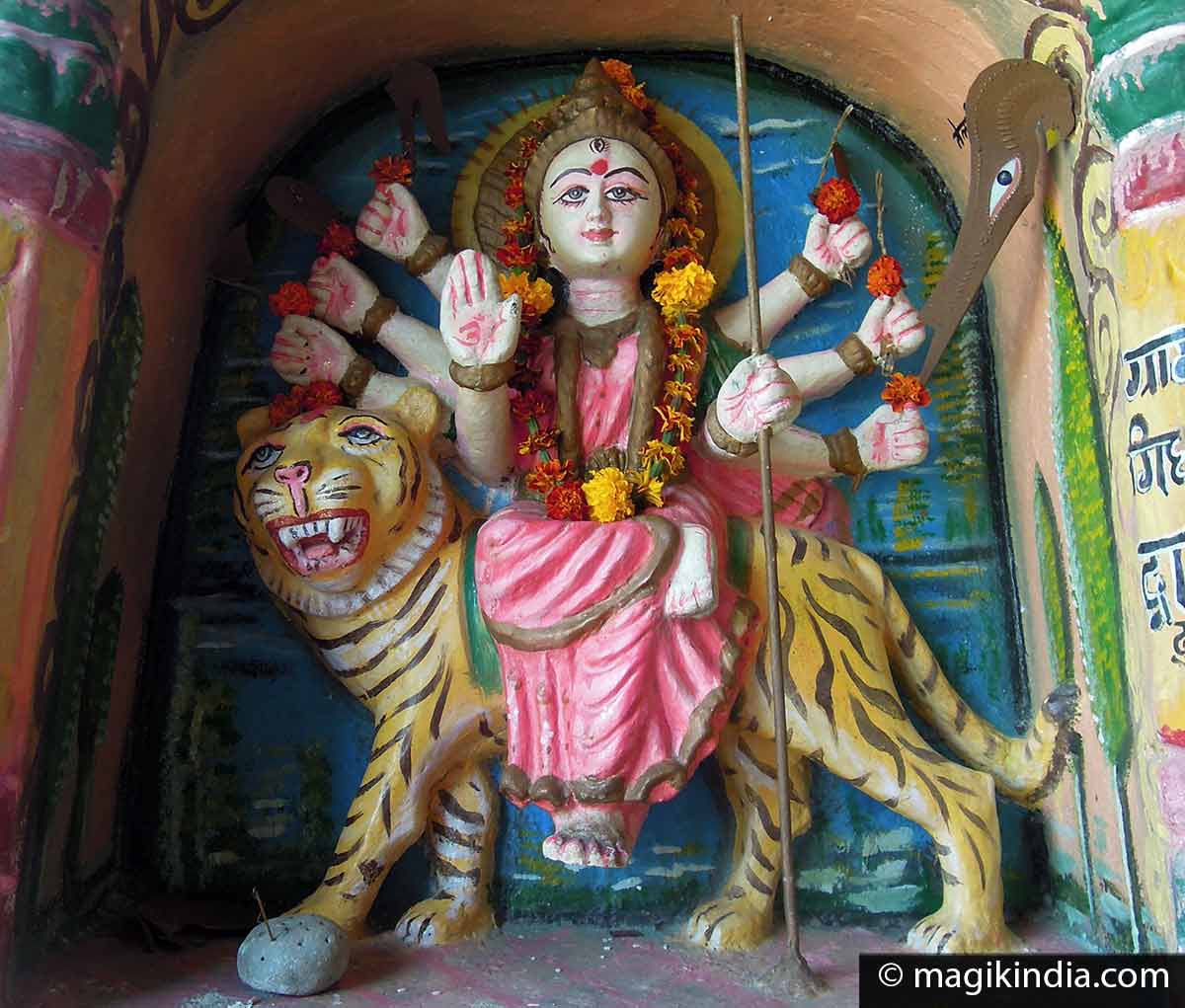
The Shakti Peethas are places (peetha) of worship dedicated to Shakti. Shakti means ‘power’ or ‘energy’. It is often associated with the feminine principal and personified by Devi, Hinduism’s primordial goddess.
There are Shakti Peethas scattered all over India. The exact number is uncertain but some say there are 51 in all. Eighteen are unanimously accepted as Maha Shakti Peethas. Four Shakti Peethas, called Adi Shakti Peethas, are considered the most sacred of all the Peethas.
READ MORE ABOUT THE SHAKTI PEETHThe legend of Srisailam
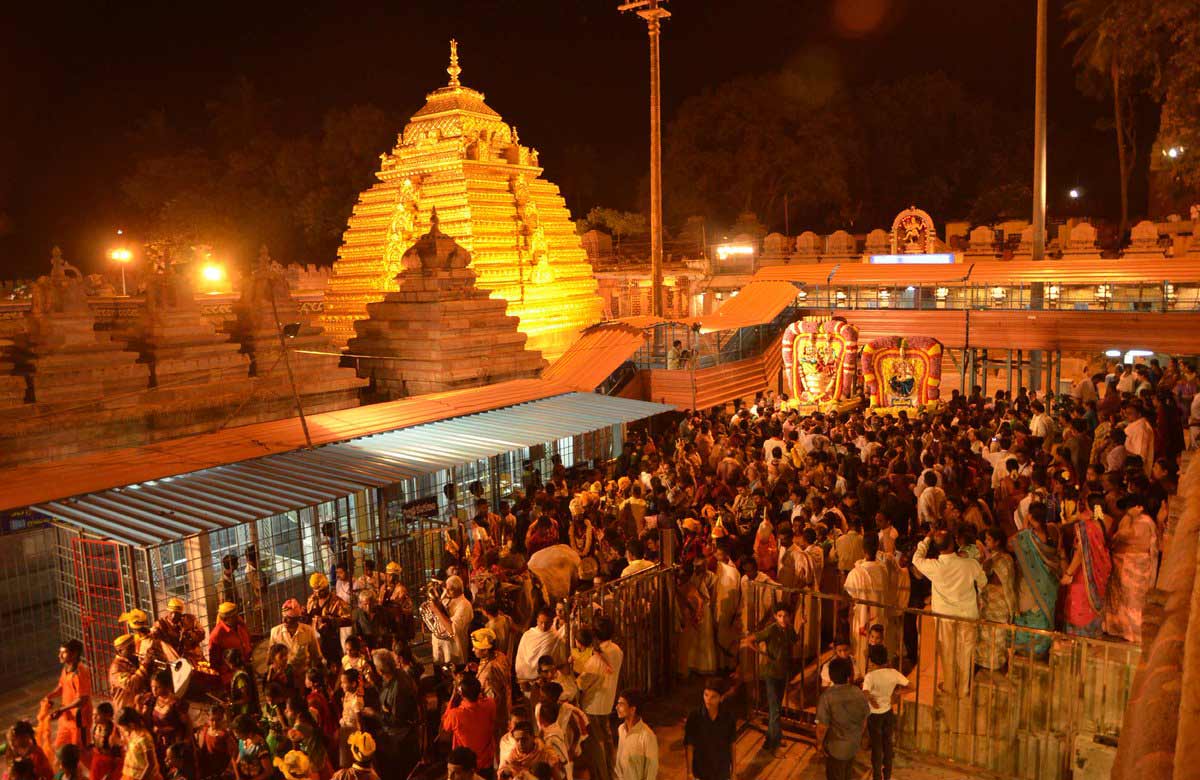
A number of legends have grown round Srisailam and its principal deities. According to one of the legends mentioned in the Skanda Purana, the Jyotirlinga was discovered by a princess named Chandravathi.
This princess took refuge in the mountains of Sri Sailam to escape her father’s improper advances. One day, she saw in the forest a cow pouring its milk on a rock in the shape of a Shiva-lingam.
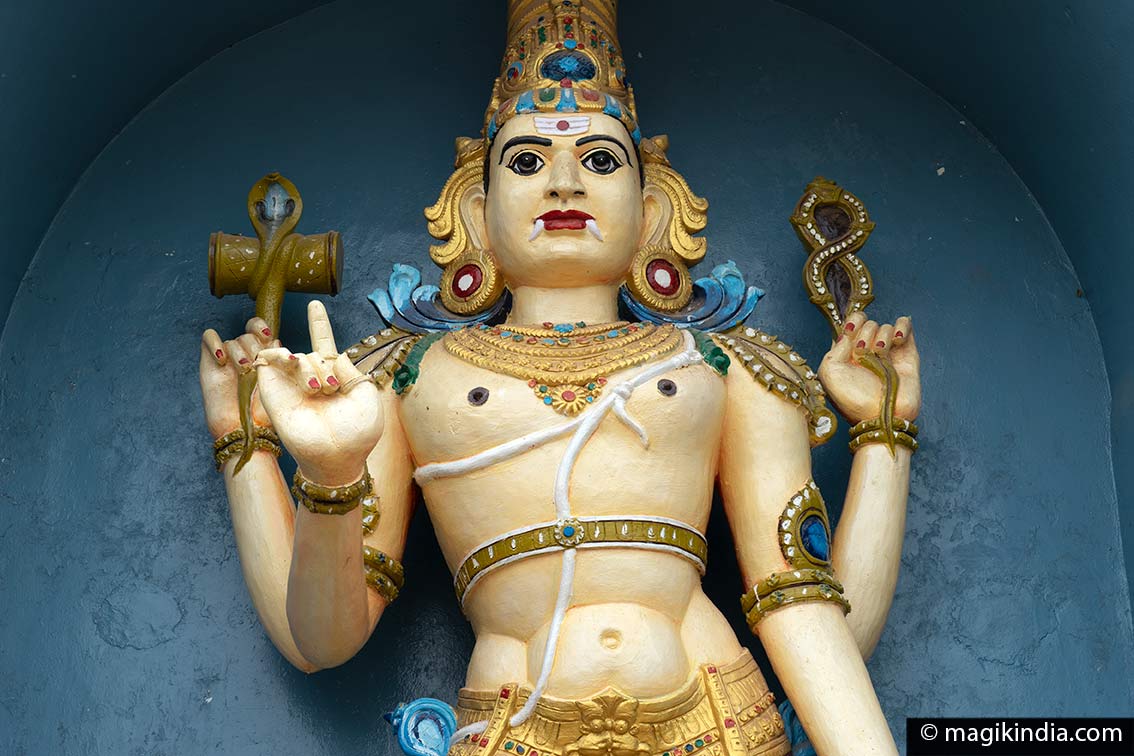
The next night, Shiva appeared to the princess in a dream and told her that this rock was the manifestation of his presence. A temple was later erected there. From that time Chandravathi led daily worship to the Shiva lingam with flowers of Jasmin (Mallika).
One day Shiva appeared and Chandravathi begged him to constantly wear a jasmine garland on his head. She also asked him to become his consort. He agreed and said he would be known here as Mallikarnuja and gave her the name of Brahmaramba.
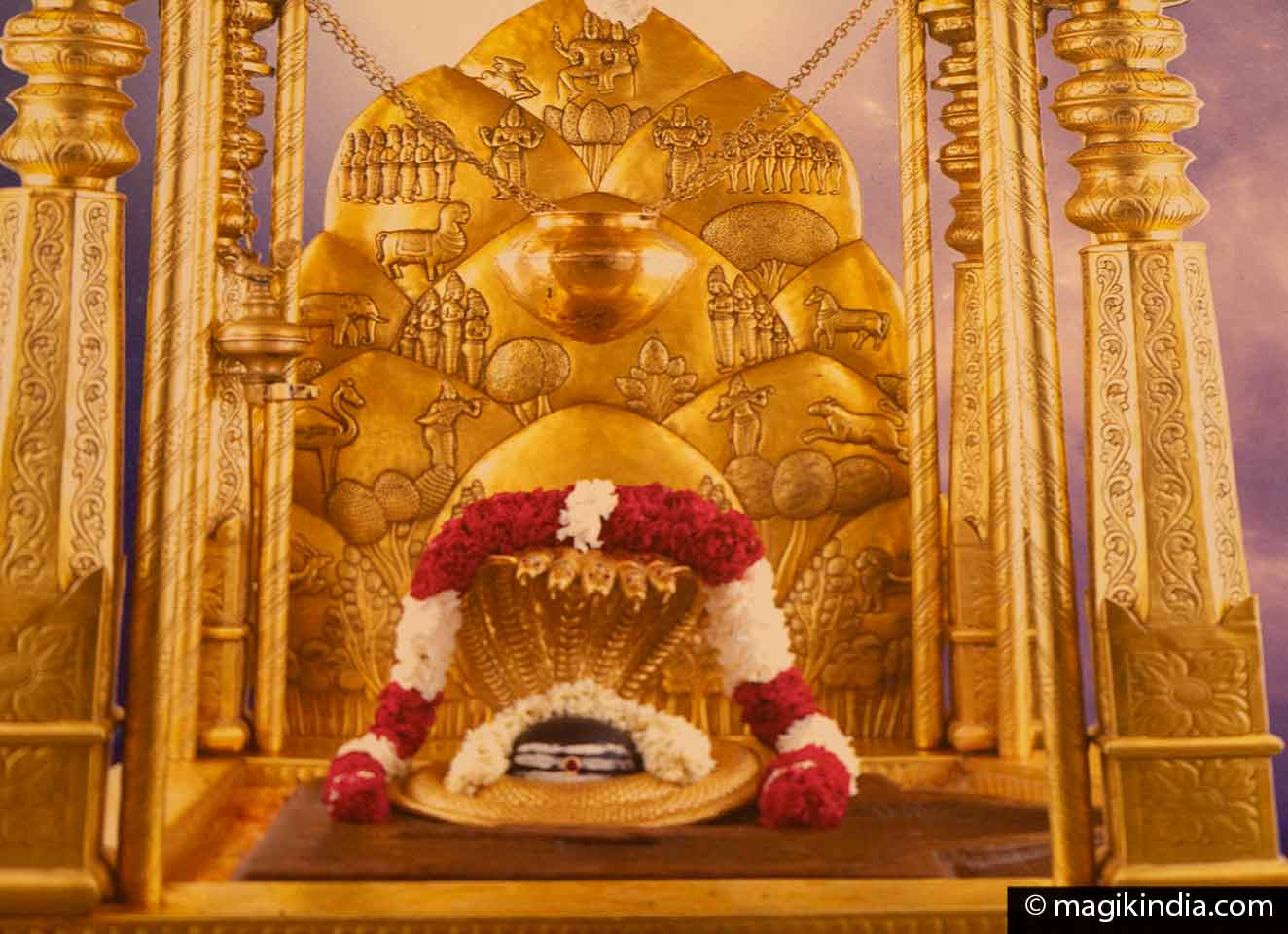
To be able to have the Darshan of the jyotir lingam, you will need to be patient! Like in all the high places of pilgrimage in India, you have to wait for a long time. I waited four hours, among a compact crowd, but the game is worth the effort!
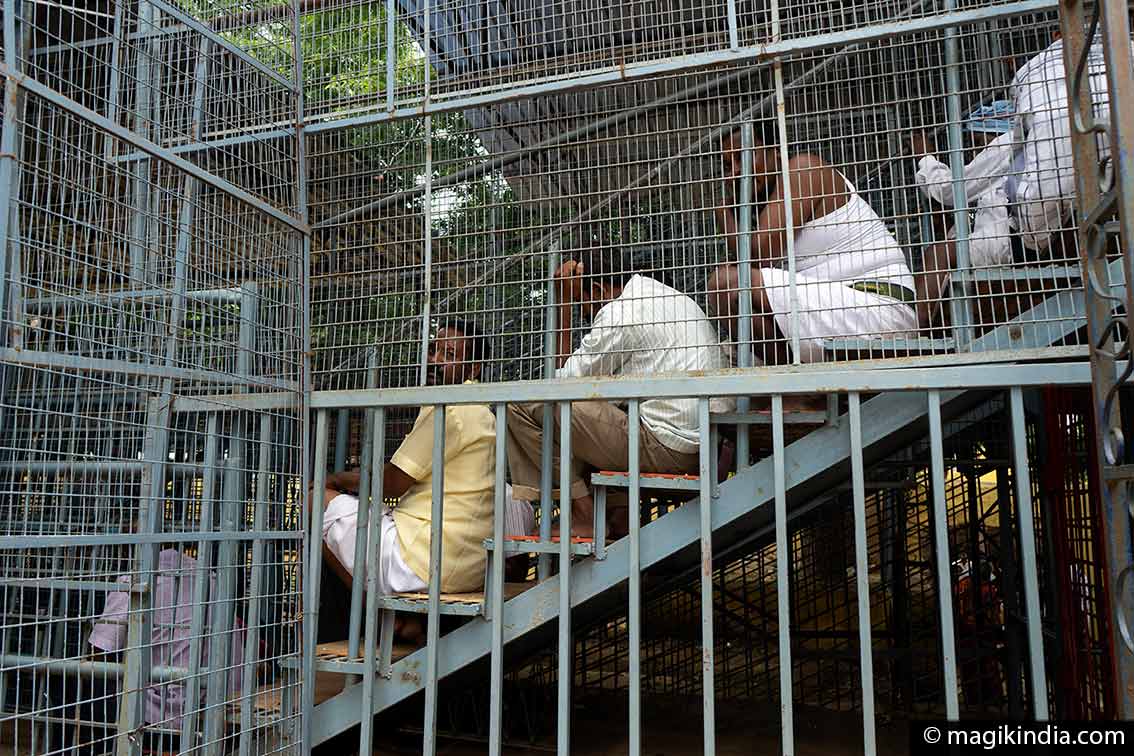
About accommodation
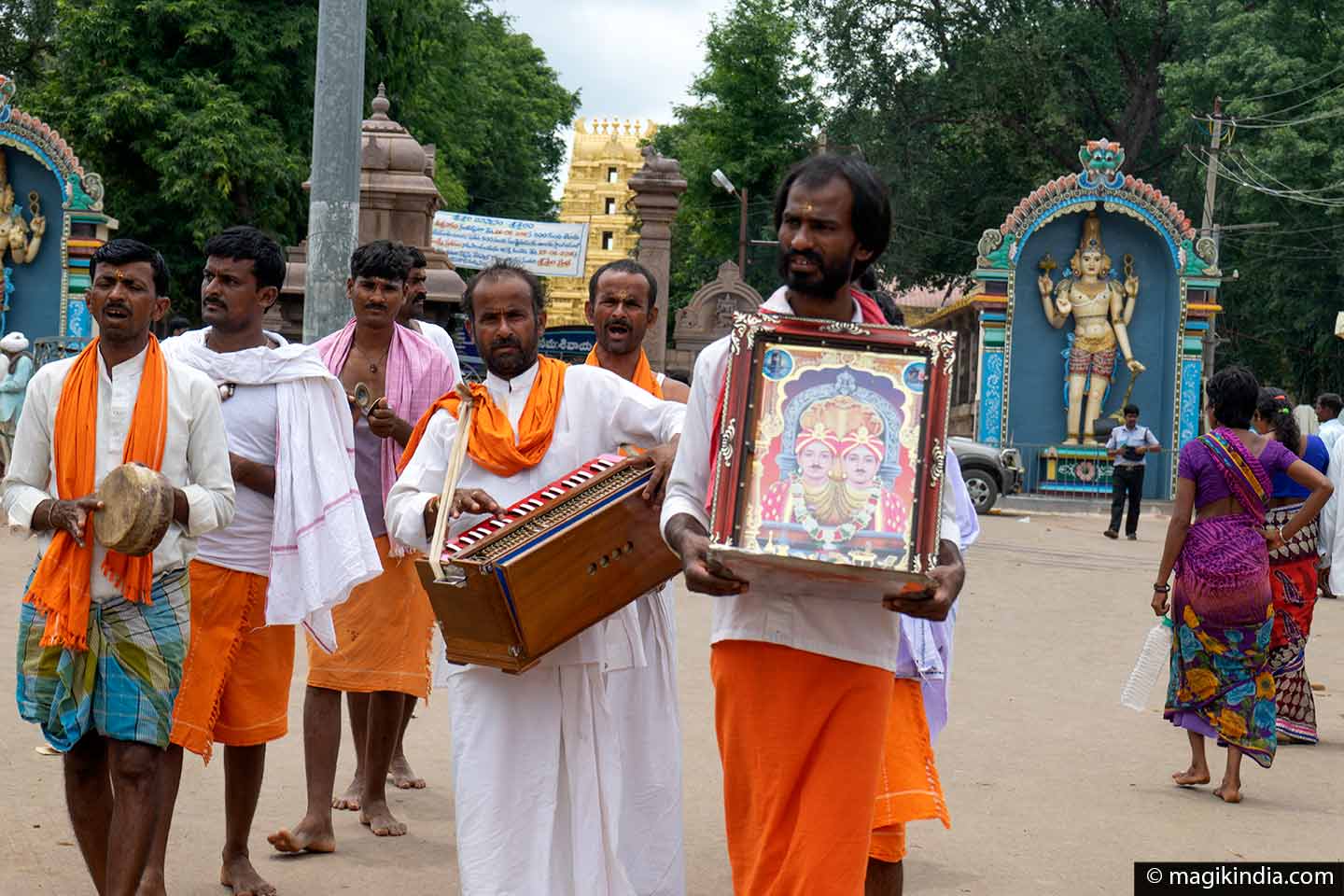
There are plenty of accommodations around the temple but if you are traveling alone as it was my case, you must first register at the police station otherwise hotels will not accept you. After being refused room at hotels in Sri sailam I was eventually said that as it is a sacred many single persons come to Srisailam to end their life… so hotels managers don’t take any risks. At the police station you will be asked about your motivation and you will be given an official approval paper to stay in Srisailam.
Sources:
![]() Char Dham, meaning ‘four abodes’, is the pilgrimage circuit around the four most revered pilgrimage sites in all India. These are in Badrinath, Dwarka, Puri and Rameshwaram. Over time, another Char Dham pilgrimage circuit has developed, in Uttarakhand state in North India. It is known as Chota Char Dham, ‘the four small abodes’ or ‘Himalayan Char Dham’.
Char Dham, meaning ‘four abodes’, is the pilgrimage circuit around the four most revered pilgrimage sites in all India. These are in Badrinath, Dwarka, Puri and Rameshwaram. Over time, another Char Dham pilgrimage circuit has developed, in Uttarakhand state in North India. It is known as Chota Char Dham, ‘the four small abodes’ or ‘Himalayan Char Dham’.
Who could fail to fall for Srinagar, summer capital of Kashmir? The meandering, lotus-dotted lakes and the houseboats with their surprising air of Old England will immerse you in an irresistibly romantic mood while the Mughal gardens, fragrant with rose and magnolia, induce a more contemplative frame of mind. While you sip a delicious cardamom and cinnamon tea and watch like on the lake, you’re likely to be thinking that next summer the place will tug at your heartstrings and pull you back again.
Designed according to Vedic concepts, Jaipur, the buzzing capital of Rajasthan is one of the most visited cities in India. Well, the pink city knows how to charm the traveler: colourful festivals, majestic historic buildings and rich craftsmanship. From the “palace of winds” to the “water palace”, the pink city has no close rival except neighbouring Amber, the Jaipur Maharajas’ previous capital.
Former capital of the princely state of the Bastar region, Jagdalpur is a simple but unmissable city in Chhattisgarh. Due to its proximity to many archaeological sites, nature reserves and typical villages, this stopover town has become over time a destination in its own right. But it is especially during Dussehra that this city stands out, when the indigenous people of the whole region come together for totally unusual festivities, combining animist rites and Hindu ceremonies.

